
Both 304 and 304L stainless steel plates comply with ASTM A-240 standard, with the former having a carbon content of ≤0.08% and the latter ≤0.03%. After welding, they have stronger resistance to intergranular corrosion and are suitable for food equipment and building cladding. Both contain 18% chromium and 8% nickel, with balanced oxidation resistance and processability.
Adding 2% -3% molybdenum to 316 and 316L stainless steel plate significantly enhances their resistance to chloride ion corrosion, making them suitable for highly corrosive environments such as marine and chemical industries. The low-carbon characteristics of 316L steel reduce the precipitation of welding carbides and extend the service life of acid washed pipelines and seawater desalination equipment.
The selection of stainless steel materials should take into account the corrosiveness of the medium: the 304 series is suitable for universal scenarios, while the 316 series is suitable for harsh conditions. Priority should be given to laser cutting or cold rolling during processing. Acid pickling and passivation of the surface can enhance corrosion resistance and ensure compliance with ASTM standard certification.
Just like you, 70% customers choose long-term cooperation with BBN steel not only for our good product and service quality, good reputation in the international market, but also for our experienced one-stop raw material supply and further steel processing!

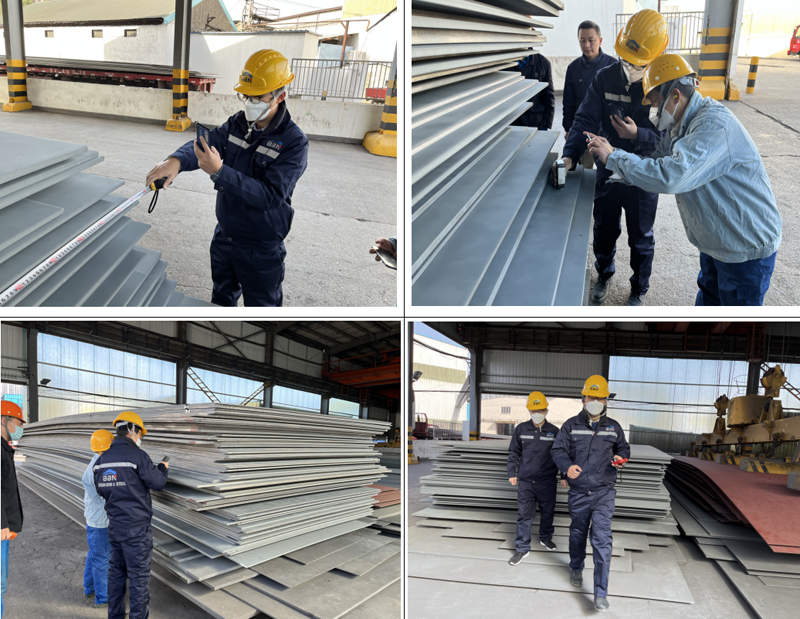
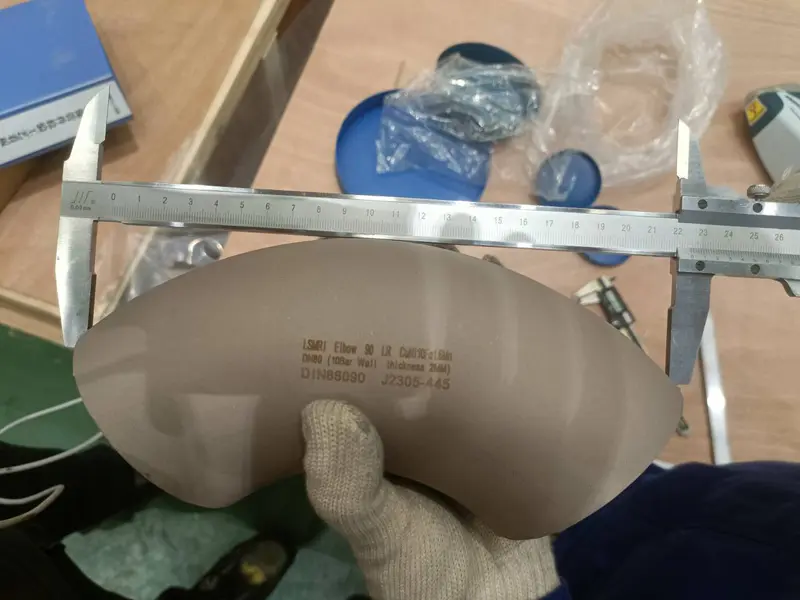
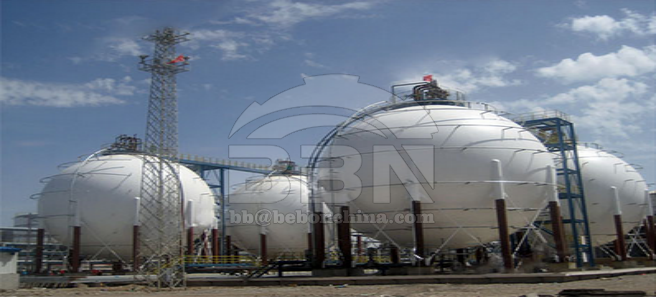
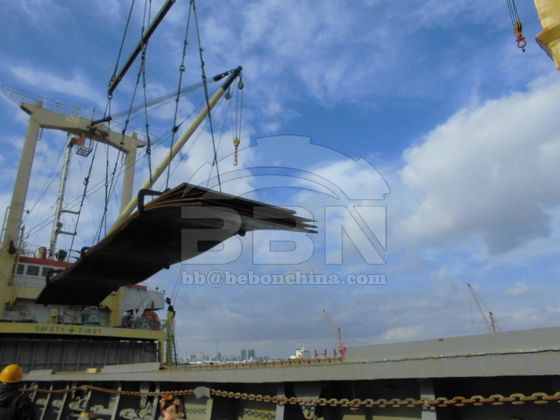

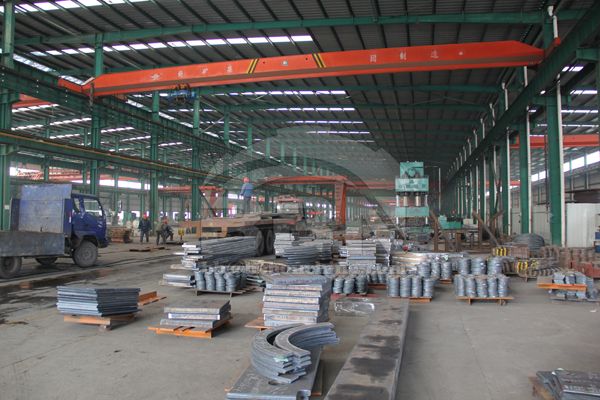
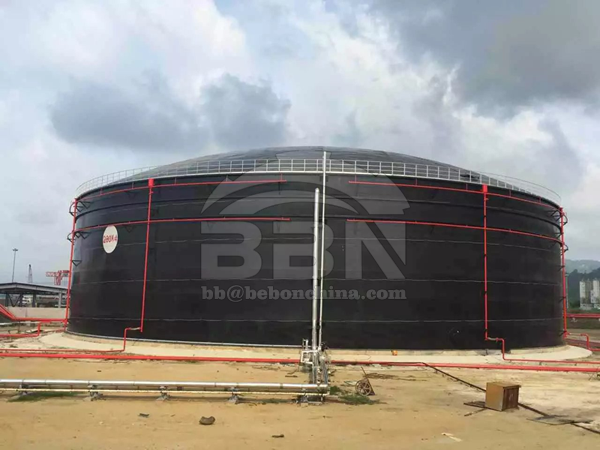
Henan BEBON Iron&Steel co.,ltd.